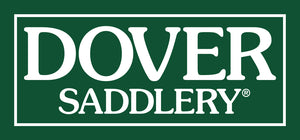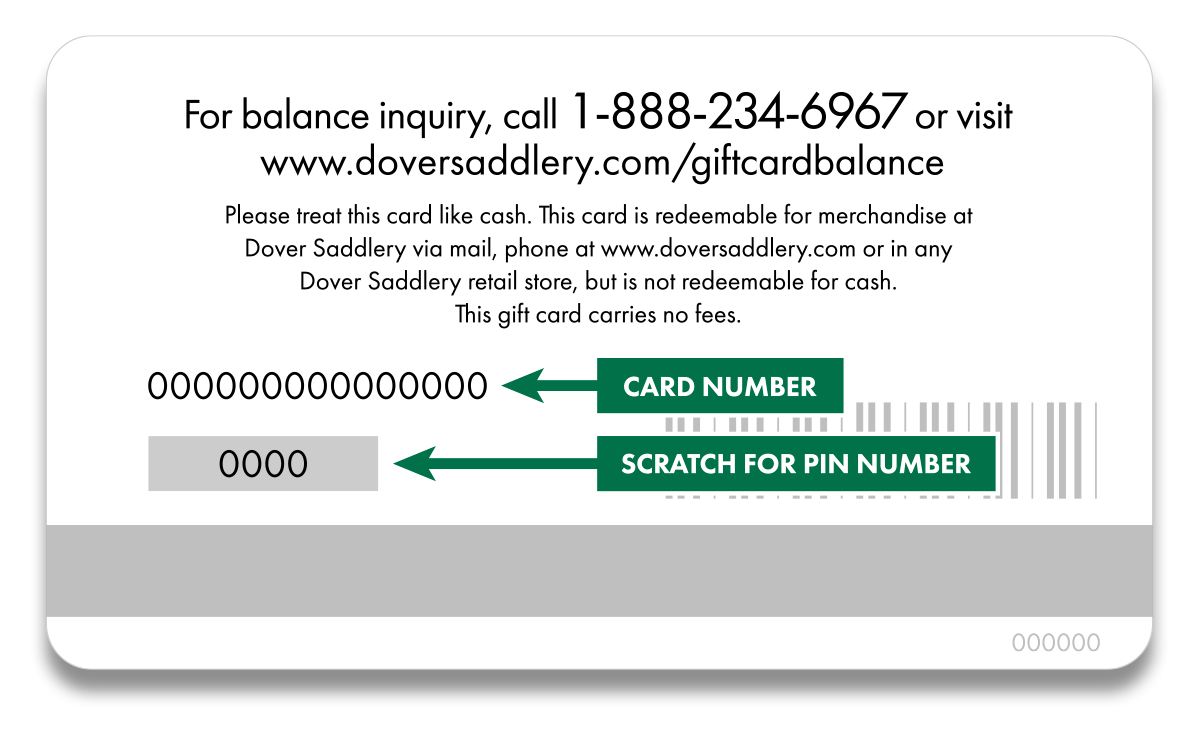
A saddle pad protects your horse’s back from friction that could be caused by a saddle rubbing directly on your horse’s hair and skin. It also helps to protect the saddle by absorbing some of your horse’s sweat.
If your saddle fits well, you’ll require only a simple saddle pad. In fact, if you add too much bulk with saddle padding you can cause the saddle not to fit and create pressure points.
If you have challenges with your horse’s back—such as high withers or sore spots—or if the fit of your saddle is not perfect, you may need to use specially designed saddle pads to alleviate or at least lessen the severity of the problem.
The type of saddle pad you choose depends in part on function and in part on your riding discipline.
Types of Saddle Pads
Shaped Saddle Pads
Shaped saddle pads are curved to mimic the shape of the saddle. They are available for jumping, all-purpose and dressage saddles, and they can be made of either genuine sheepskin or synthetic fleece. Pads are available with both sides made of fleece, with cotton quilting on the interior, and with grippy panels to help prevent slipping.
Size is usually determined by matching the pad to both the type of saddle and the seat size. (To measure the seat size, run a tape measure from one of the screw heads on the side of the pommel to the middle of the cantle.) You want an even border of about two inches of saddle pad showing around the circumference of your saddle. To achieve the perfect look for your particular saddle, you may want to try pads from different manufacturers.
For the show ring, most hunter riders use shaped pads in crisp white. Both synthetic fleece and genuine sheepskin pads are acceptable; consult your trainer for any preference.
Synthetic fleece pads: economical, machine washable.
Genuine sheepskin pads: mold to the horse’s back, wick moisture, increase air circulation.
Square Saddle Pads
Square saddle pads come in a variety of stock colors and stitching patterns for schooling or can be custom-ordered. Many have foam or batting for light cushioning and may include moisture-wicking linings. Some are shaped in front to accommodate knee rolls.
Dressage pads are rectangular to fit longer flaps. They come in various widths and lengths, usually 22" to 46". Some feature swallowtail details, piping, or contoured withers for comfort and fit.
Show guidelines: Dressage riders must use white or conservative colors (cream, black). Monograms or sponsor logos are permitted up to 200 cm². Eventers can choose any colors, while jumpers usually select white but may use color.
Dressage Saddle Pad Sizing
The width of the pad should cover the horse’s back under the saddle with some pad visible in front of the pommel and behind the cantle. The length should extend just beyond the saddle flap.
Note: If using a short girth, leave at least 3–4 fingers’ width between the top of the girth and the bottom of the pad and flap to avoid pinching.
Pillow Pads
Cushiony quilted pads filled with polyester batting. Ensure saddle fit can handle the extra thickness without creating pressure points.
Baby Pads
Ultra-thin pads used under heavier pads to keep them clean and reduce laundering of bulkier pads.
Specialty Pads
Designed to solve specific saddle-fit or back comfort issues. They may be used under, over, or instead of conventional pads.
- Wither back pads: relieve pressure at the spine by leaving an open slot.
- Gel pads: dense, thin, absorb shock, and distribute weight. Long-lasting but higher-priced.
- Foam pads: thicker, less expensive, but compress over time and need replacement.
- Lift back (riser) pads: raise the cantle if the saddle tilts back; check withers for pinching.
- Lift front pads: raise the pommel if the saddle tilts forward; check back for pressure points.
- Correction pads: have shims to adjust saddle balance or horse asymmetry.
- No-slip pads: placed against the horse to prevent pad shifting.
- Sheepskin pads and half pads: mold to the horse, wick moisture, improve circulation, and distribute pressure.
Some specialty pads combine features (e.g., sheepskin correction pads with shims, gel pads with cutback withers, foam pads with risers).



